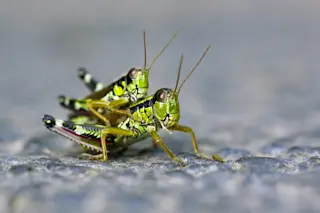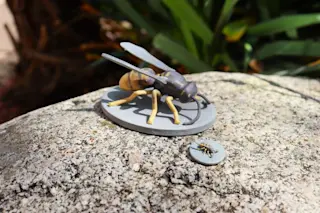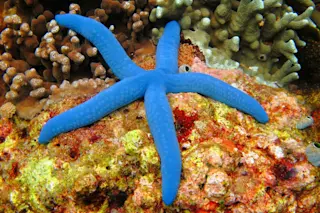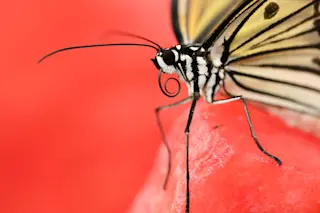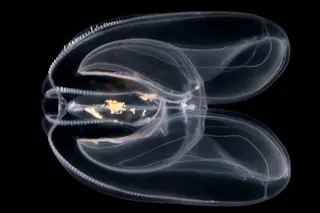It is one of the most familiar concepts from evolutionary biology: Natural selection makes males promiscuous and females choosy. But in June, Patricia Gowaty of UCLA exposed a major flaw in the evidence supporting that idea.
The Bateman principle, as it is known, assumes that males sire more offspring if they mate with more females, while females stick with a single mate because they are limited in how many young they can produce regardless of their hanky-panky. Geneticist A. J. Bateman seemingly proved it in a 1948 study of fruit fly mating, which has been regularly cited ever since.
“It has become more and more obvious that females in mice, birds, and all sorts of insects are mating with more than one male,” Gowaty says, meaning that promiscuity cuts both ways. When she and colleagues recently repeated the original study, they determined that Bateman’s methods skewed his results. Gowaty suggests ...


